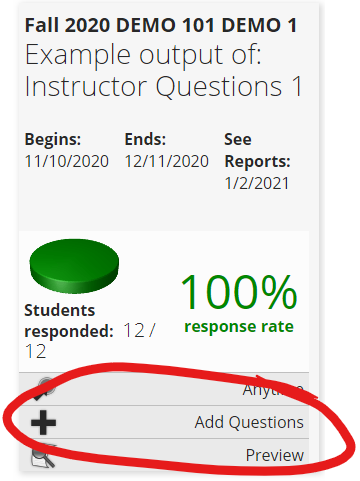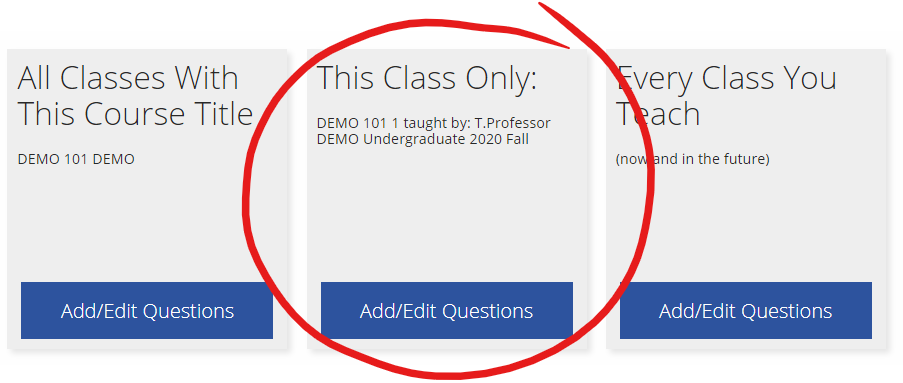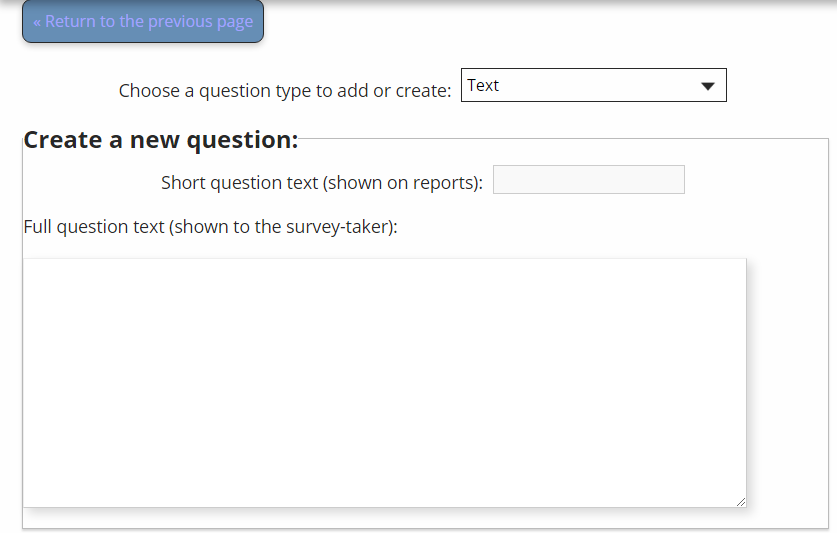Years ago, when I was a young(er) faculty member at the College, Professor Gail Griffin of the English department was in that era’s equivalent of my current role. She made a pronouncement (she made so many) in a faculty meeting discussion that has remained with me clearly: “When a student cheats, it doesn’t mean they’re bad, it means they’re desperate.”
In this piece I intend to speak from two distinct motivations — assessment with equity and student honesty in their work on those assessments. These lead, in my view, to the same set of conclusions and recommendations. Designing our courses and assessment methods in ways that intentionally address and respond to students’ now-more-than-ever sense of desperation goes a long way toward addressing academic integrity in students work. Especially important to acknowledge and act upon: the circumstances of the pandemic have disproportionately negative impact on students of color.
My conclusion is that traditional assessment methods — to the degree that they are designed to reward generic skills rather than individual student experiences — dehumanize further the online learning experience, exacerbate existing inequities that have been made worse by the pandemic, and provide every incentive for students to seek ready-made generic responses to represent as their own. My aspiration in my own courses is to include more assessment methods designed to gauge students’ individual learning and progress over time, and to be as valuable for me in adjusting my teaching as they are in helping me determine student performance.
Five Do’s and Five Do Not’s
Let’s start with a new (August 2020) piece by Natasha A. Jankowski from the National Institute for Learning Outcomes Assessment: “Assessment During A Crisis:Responding to a Global Pandemic” Based on a lot of survey data from colleges and universities gathered during the spring crisis online term, the author notes “Concerns that existed preCOVID have been amplified, basic student needs are not met, and the rates at which they are not met are nearly double for students of color” and offers a concise list of recommendations for going forward into the uncertain fall term of 2020:
- Do not forget that we are in a pandemic. Still. Do not forget that it is also an inequitable pandemic.
- Do not cause further harm. Do not support, enable, or endorse policies that perpetuate further inequities or fuel negative perceptions of students.
- Do not ask students for their approval of a decision that has already been made. Instead, engage with them in advance to help determine a solution.
- Do not require a higher-level of proof of learning in an online class than you would normally require in a face-to-face setting.
- Do not forget that this is not the educational experience students wanted or expected.
- Do use learning outcomes as a guide and means to design and focus educational offerings.
- Do listen to student voices AND respond accordingly.
- Do modify assignments and assessments in ways that are flexible, utilize low-bandwidth, and are based in the principles of equitable assessment.
- Do be aware of and address systemic inequities.
- Do engage in trauma-informed and healing-centered pedagogy and assessment.
Principles of equitable assessment
What are those “principles of equitable assessment” in the list of Do’s above? In a short 2018 article I read a single admonition that provides a guiding principle:
Assessment should help us learn about students—not sort them.
Confronting Inequity / Assessment for Equity, H. Richard Milner IV
http://www.ascd.org/publications/educational-leadership/feb18/vol75/num05/Assessment-for-Equity.aspx
Milner goes on to provide “five interrelated reminders educators need as we work toward assessment for equity:”
- Assessments and “measurement” should be used to gauge student learning, development, and improvement over time.
- Assessments should be used by teachers to adjust their practices (how they teach, what they teach, when they teach, and so forth) to respond to and meet the needs of students.
- Students should not feel intimated by assessments, but see them as opportunities to get a snapshot—a picture of where they are and what they need to do to improve.
- Punitive assessments send the wrong message and can raise anxiety among learners, especially the ones who most need our support.
- Perhaps most important, assessment tools should be just as diverse as the students who take them.
Individual assessments that bring individual experiences to the foreground
As I write this piece, I’ve been talking a lot with Alyce Brady, whose own piece on equity-based low-stakes high-engagement grading appears here. As she described her approach and some of her specific assessment practices, it occurred to me that a central idea in her work is that reflections and other metacognition-based activities assess individual students on their individual experiences. Especially in fields like hers (computer science) and mine (math) we often assess individual students on work which is entirely generic — the program runs correctly, the calculus solution used the right steps to get the right answer — in ways that are not only anti-individual but seem almost perfectly designed to incentivise students to seek out these generic solutions online and submit them in place of their own individual work. That’s not to say practice and skill-building isn’t a key component of student learning, but assessing those skills can be problematic if the individual experience of students is left unaddressed.
One *helpful* resource to help us imagine alternative assessment activities
Yeah, I know. As I’m sure yours is, my email inbox is full of uncurated lists of online resources that rarely reward me for clicking through them. Here is a list of one resource that I did find helpful from Rutgers:
The Rutgers resource is seems motivated by the fact that traditional memorization based exams will certainly lead students to make use of ubiquitous online resources during exams. It provides alternatives grounded in richer learning models that make it more likely that students will submit their own original work. As I read this resource, I found myself thinking about how these methods can align with the principles of equity-based assessment as well.




